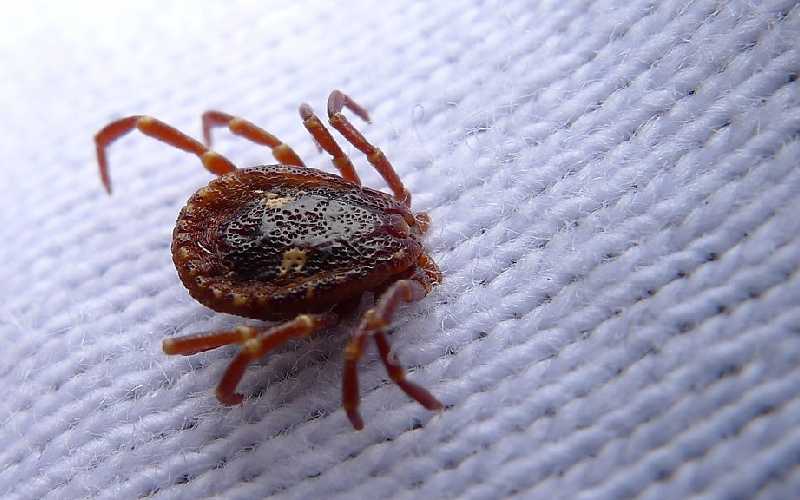Unfortunately, there are many types of Ticks in Portugal – over 20 different types causing 8 diseases including Lyme Disease, Babesia and Ehrlichia. How do you recognise ticks? What can you do to avoid them?
Where do you find Ticks in Portugal?
The ticks in Portugal are usually found near the edge of forests and shrub land. They can also be found on animals, including dogs, sheep and cattle. Ticks will attach themselves to any mammal they come into contact with through their eight legs that have small suction cups at the end – so it doesn’t really matter whether your pet has fur or not! They can attach themselves to humans as well as animals.
You may find ticks either crawling around on leaves or when you brush against long grasses where they’re hiding. Once attached, a tick’s mouthparts penetrate deep inside their host’s skin feeding off its blood until engorged enough to drop off again… but it could take up to two weeks for this process as well as transmission of disease-causing organisms.
What type of Ticks are in Portugal?
What types of ticks are in Portugal? Ticks come from the Ixodidae family and can be found anywhere that animals, humans or their animal pets have been. They’re most likely to be found on grasses and shrubs close to rural areas where there is a lot of vegetation like long grass. Ticks can also be found in
How do you prevent Ticks?
To avoid ticks, it is recommended that if you are outside for more than a short time (especially during warmer weather) to wear long sleeves and trousers. Tuck your shirt into the waistband of your pants or tights so there’s less skin on show. Also tuck your trousers into your socks if possible.
Ticks will attach themselves to skin very quickly so if you find a tick on your clothing or body, it’s best to TOUCH IT AS LITTLE as possible and use nail clippers.
If you have pets such as dogs and cats you should regularly treat them with a flea and tick treatment such as Frontline. This will prevent ticks from embedding into your dogs fur. Remember to maintain the doses regularly as per the instructions.
Removing Ticks
If you do get bitten by a Tick in Portugal, don’t panic – there is still hope for getting rid of them, but they have to be removed properly. Ticks are best removed with fine-tipped tweezers, pulling upwards and outwards firmly. Only do this if you know what you are doing, otherwise it’s best to seek medical attention. Ticks can be hard to see because they’re brown/black in colour so it’s important to look for a small lump on the skin which could indicate where you might find one. You can sometimes feel them trying to attach like a ‘burrowing sensation’.
If you don’t remove them properly there is the risk that they will crawl back into your skin and feed on you. Ticks can cause many diseases, including Lyme Disease which is a bacterial infection of the blood that has no cure if it’s not treated early enough, so removing ticks from yourself or your loved ones quickly could be an important life-saving measure!
If you enjoyed this article you might also like to read about Covid 19 Test Lisbon and Getting my Utente Number in Portugal



2 thoughts on “Ticks in Portugal: How to Prevent and Treat Ticks”